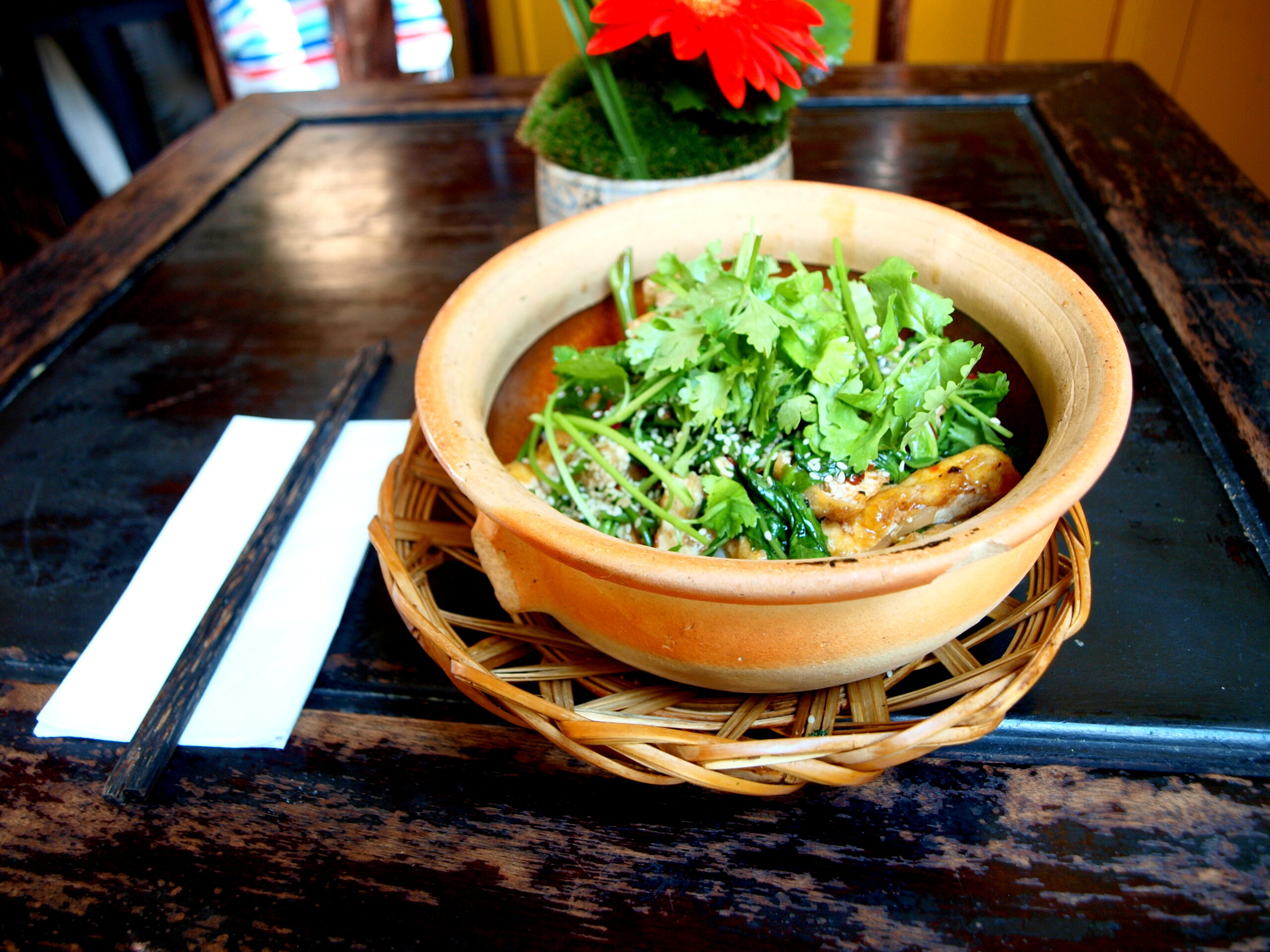Mindful chewing and emotional eating
It´s day 27/30 of the chewing mindfully challenge and I am long overdue for an update on how it is going but also what I have been learning about mindless eating, or emotional eating.
With the holidays upon us and holiday dinners still setting in our tummies, we have been feasting away, and often times, mindlessly. We have been most likely eating beyond survival. I don´t personally mind enjoying a great feast once in a while. I am really really aiming at embracing balance. Nothing to any extreme. As I seek to eat more mindfully on a regular basis, I don´t see the harm in feasting away every now and then with loved ones. That is exactly what we did for our holidays. We made a vegan African feast for our little family and listened to good African music and ate our bellies full of joy.
But past the holiday and having been thinking about chewing mindfully and emotional eating, I was wondering how we use food as an escape; for feelings we don´t want to feel or to reward ourselves. While, again, balance is important, I also wonder when we have crossed the line towards the unhealthy? Do you have to be a certain weight, or to be eating certain foods specifically for it to be emotional eating?
An understanding of emotional eating is that, it is: “using food to make yourself feel better—eating to fill emotional needs, rather than to fill your stomach.”
Here are some questions you can ask yourself to see, whether you are regularly eating food with unhealthy motivation? On helpguide.org, some distinguishes are made between real physical hunger and emotionally inspired hunger:
“Emotional hunger can be powerful. As a result, it’s easy to mistake it for physical hunger. But there are clues you can look for that can help you tell physical and emotional hunger apart.
Emotional hunger comes on suddenly. It hits you in an instant and feels overwhelming and urgent. Physical hunger, on the other hand, comes on more gradually. The urge to eat doesn’t feel as dire or demand instant satisfaction (unless you haven’t eaten for a very long time).
Emotional hunger craves specific comfort foods. When you’re physically hungry, almost anything sounds good—including healthy stuff like vegetables. But emotional hunger craves fatty foods or sugary snacks that provide an instant rush. You feel like you need cheesecake or pizza, and nothing else will do.
Emotional hunger often leads to mindless eating. Before you know it, you’ve eaten a whole bag of chips or an entire pint of ice cream without really paying attention or fully enjoying it. When you’re eating in response to physical hunger, you’re typically more aware of what you’re doing.
Emotional hunger isn’t satisfied once you’re full. You keep wanting more and more, often eating until you’re uncomfortably stuffed. Physical hunger, on the other hand, doesn’t need to be stuffed. You feel satisfied when your stomach is full.
Emotional hunger isn’t located in the stomach. Rather than a growling belly or a pang in your stomach, you feel your hunger as a craving you can’t get out of your head. You’re focused on specific textures, tastes, and smells.
Emotional hunger often leads to regret, guilt, or shame. When you eat to satisfy physical hunger, you’re unlikely to feel guilty or ashamed because you’re simply giving your body what it needs. If you feel guilty after you eat, it’s likely because you know deep down that you’re not eating for nutritional reasons.”
These are all great insights, we can chew on, on our journey towards mindful eating, for our body and our mind. Make time to stop and question where this hunger is coming from, be aware of the patterns that make you eat or grave certain foods. This is also mindfulness. Realizing a pattern for me, usually is the first step towards change, because I stop being a piece in an unconscious pattern and can actually catch myself in reaction.
May this be of benefit and wish you well on your journey, wherever you are heading 🙂


